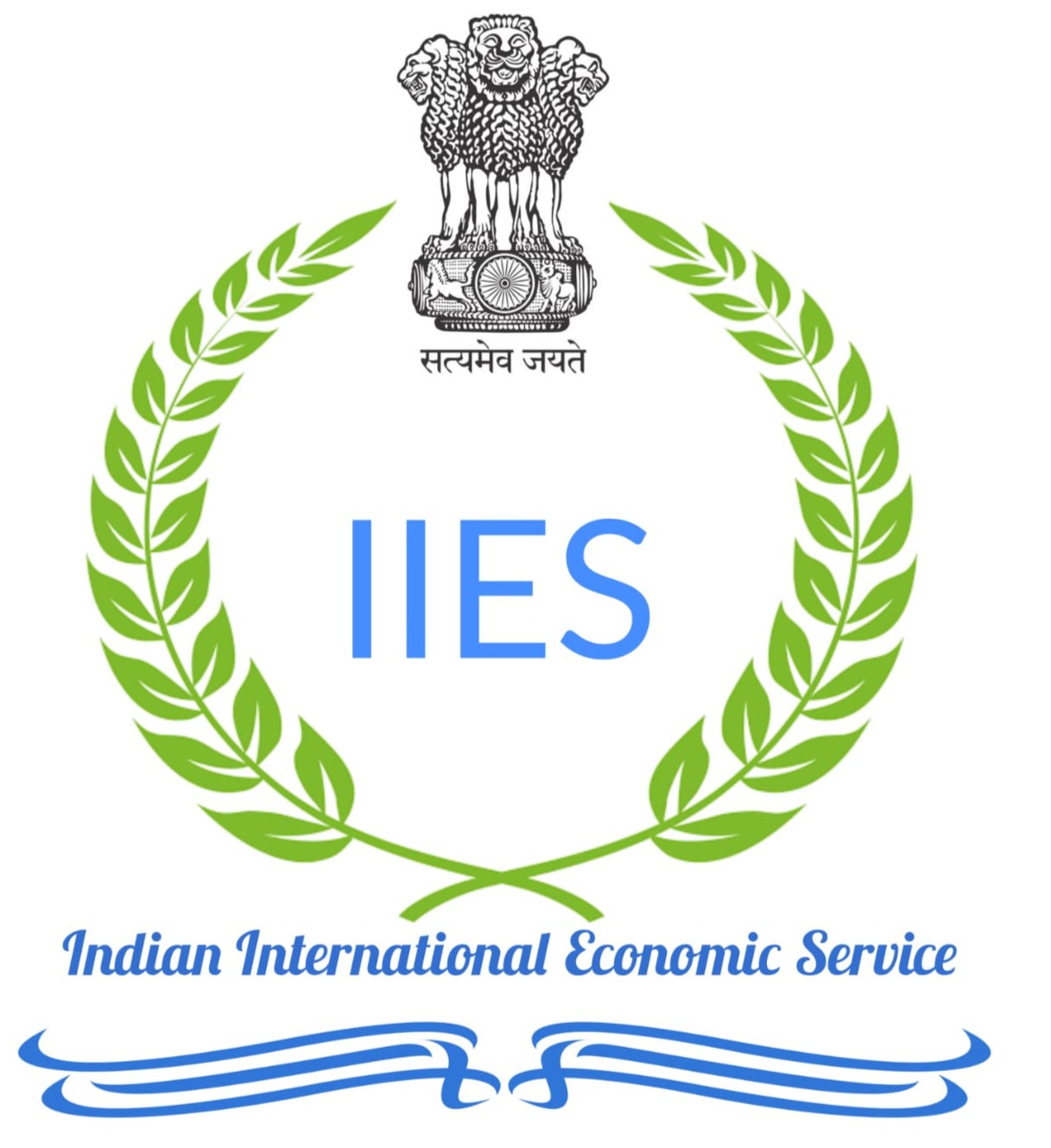Penalty (Policy Addition)
Basis for Penalty Application:
A penalty will be imposed if the applicant fails to deposit any NOC-related fee (Base Fee and/or Surcharge) within the stipulated timeframe (Fee deposit window—Example: 30 days from the application date). The penalty will only be applied to the outstanding payable amount (outstanding fee + outstanding surcharge), and not on the entire fund amount—unless otherwise directed in the policy.
Penalty Application Options (Daily / Weekly / Monthly):
The Authority, in line with the policy, may choose the frequency at which the penalty is applied.
Suggested example rates as a standard policy option are as follows (these can be modified):
- Daily Penalty: 0.05% to 02% per day (of the outstanding amount)
- Weekly Penalty: 02% to 10 % 0 per week (of the outstanding amount)
- Monthly Penalty: 05% to 20% per month (of the outstanding amount)
The policy must clearly specify that only one frequency will be applied (e.g., the one primarily chosen—daily, weekly, or monthly). The Authority may also grant a concession/grace period for the initial days if they so choose when implementing any new rules/regulations.
Penalty Cap (Maximum Penalty):
A maximum limit (cap) should be set on the penalty to avoid excessive burden. A suggested limit: Penalty should not exceed 25% of the total outstanding or 100% of the Base Fee (whichever is lower)—this is a policy option and can be changed based on legal advice.
Procedure Upon Penalty Application:
- A Compliance Notice (Reminder) will first be sent (Day 15 and Day 25).
- After the final deadline (Day 31+), the prescribed penalty will be automatically applied and reflected in the system.
- The penalty amount will be shown on the digital receipt; any previously deposited subsidy/concession will be adjusted upon payment.
- Additional action (FIU reporting, rejection, blacklisting) may be recommended for repeated non-payers.
Sample Calculation of Penalty:
- Assume: Outstanding amount (Base Fee + Net Surcharge) = ₹1,120 (as in Example Slab 2 above).
-
If the monthly penalty rate of 1.5% is chosen, and payment is delayed by 2 months:
Penalty = ₹1,120 × 1.5% × 2 = ₹33.6 ≈ ₹34 (Rounded off)
Total Payable = ₹1,120 + ₹34 = ₹1,154 -
If the daily rate of 0.05% is chosen, and payment is delayed by 20 days:
Penalty = ₹1,120 × 0.05% × 20 = ₹11.2 ≈ ₹11
Total Payable = ₹1,131
Notice Wording (Regarding Penalty):
English Sample Notice:
“Your NOC application (Ref: ####) is still pending due to the delay in payment of the prescribed fee/surcharge. Please deposit the outstanding amount immediately. Policy-mandated penalty will be applied in case of further delay—this penalty may be applied at a daily/weekly/monthly rate, and a maximum penalty cap will apply. Deposit the fee on time to avoid the penalty.”
Other Considerations (Policy Options):
- You may choose to keep a zero penalty (grace period) for minor delays (e.g., the first 7 days).
- Provision for higher penalties and additional administrative charges may be included for applicants/agents who repeatedly delay payments
- Seek legal advice before implementing the penalty policy and clearly inform applicants through public notification.
New clause — Enhanced penalty for prolonged processing (English)
1. Provision (English):
If issuance/processing of an NOC for any financial file experiences an abnormal or prolonged delay — whether due to the applicant’s actions or extended compliance review — an enhanced penalty (higher than the standard late penalty) may be applied. Any enhanced penalty will be subject to the overall penalty cap set in policy.
2. Implementation options:
- If processing delay > 30 additional days → increase standard penalty by +25%.
- If processing delay > 60 additional days → increase standard penalty by +50%.
- Enhanced rates apply only to the delay period beyond the prescribed fee window and must not exceed the policy cap.
- The application management system can either auto-trigger the enhanced penalty or require compliance officer approval per case.
3. Reason-based differentiation:
- Applicant-caused delays (missing documents, non-payment) should generally attract automatic enhanced penalties.
- Internally caused delays (extended legal review, inter-agency consultations) may warrant partial or full waiver — such waivers must be approved and documented.
4. Sample calculation:
- (See the Hindi sample calculation above — identical numbers / method.)
5. Sample notice wording:
“Your NOC application (Ref: ####) has experienced an exceptional processing delay. As per policy, an enhanced late-penalty may be applied for the extended delay. Please submit outstanding fees/documents immediately to avoid additional penalties or administrative action.”


